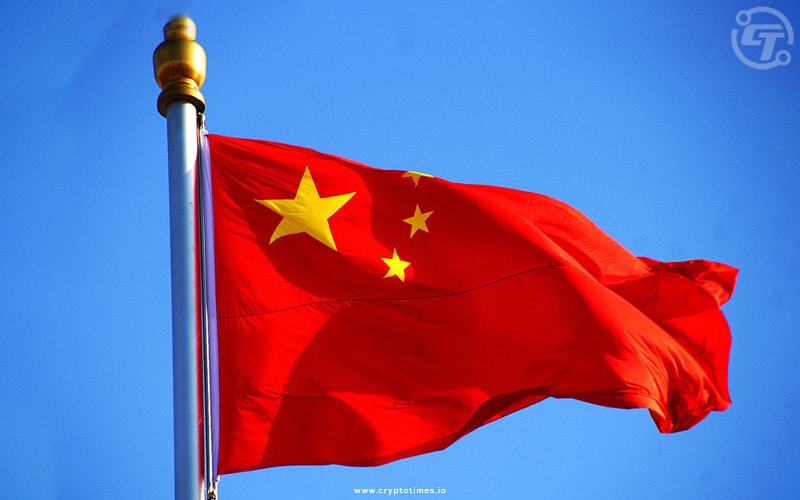Hydroelectric power capacity has created the perfect opportunity for EV charging networks to grow, after ban on cryptocurrency mining in China, according to South China Morning Post.
This would be the perfect chance for EV-changing vehicles to grow and creating the condition that would help new-energy vehicles become popular.
The ban on crypto-mines saves more than 50 TWh of electricity. This much electricity is enough to support 10 million Tesla 3s a year.
“It is a double dose of good news for China’s economy,” said Cao Hua, a partner at the private equity firm Unity Asset Management. “Cracking down on power-consuming bitcoin mines and using the excess capacity to support the development of the future of mobility is the best example of how China endeavors to reach its carbon neutrality goal.”
Hydroelectric power-rich rural areas in china could use abundant electricity to build enough charging stations. It will reduce the range anxiety of EV users.
“Range anxiety is [a critical issue], now that EVs are penetrating the market at a faster pace than forecasts,” said David Zhang, an analyst with the North China University of Technology’s automobile industry research center. “A wider distribution of charging facilities across the nation is much needed to support the increasing EV sales.”
According to Bitcoin Electricity Consumption Index by the University of Cambridge, China had approximately 70% of the computational power in the world’s cryptocurrency miners. This means it would use an estimated 80 TWh of power a year worldwide.
Goverment and Forign Investors
The Chinese provinces will have 38k EV charging piles with 1.6 million KWH of charging capacity by 2023. By then, every town will have at least one charging pile. According to the provincial government’s plan, large shopping centers have to allocate 20 % of the car-parking bays for EVs. The parking bays also have to install charging points for EVs.
Guizhou was among the first southern Chinese province to turn to build at least 4,500 EV charging piles this year.
According to the EVCIPA, China had 1.95 million charging piles by the end of June. This is 47.3% more than that in 2019.
Charging stations require heavy initial investments with long-term paybacks, anywhere from five to 10 years. The government defined initiatives to promote the use of EVs in rural areas in the middle of last year. They promoted it by giving priority to the construction of charging infrastructure.
Also Read: PBoC Will Keep Regulatory Pressure on the Crypto Market
General Motors, Volkswagen, and smart EV start-ups such as Xpeng and NIO are all disbursing billions of dollars to build charging piles in China. Volkswagen, the first foreign carmaker to establish an assembly in China, aims to build 17,000 piles in the country by 2025.
“The race for better batteries is also becoming fiercer,” said Zhang of Hazardtex. “A longer driving range (on a single charge) will make the electric cars more attractive to Chinese drivers.”







